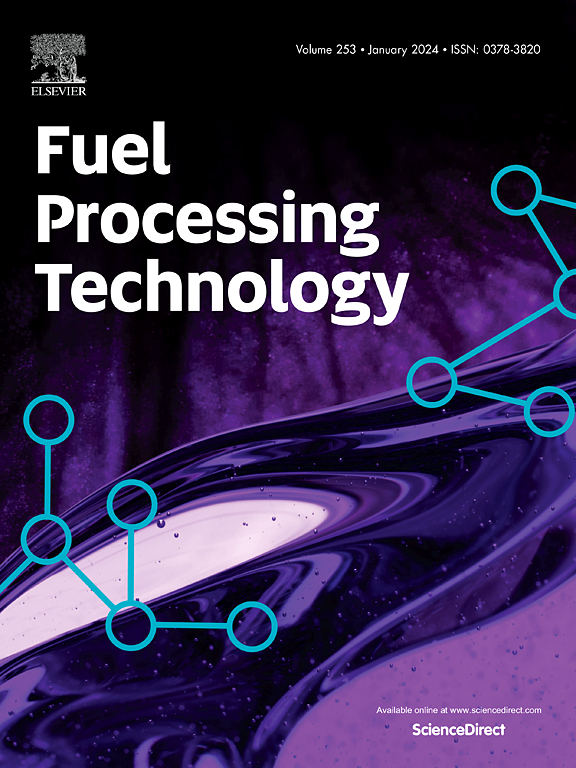Leaching behavior of germanium from germanium-rich lignite: A further comprehension of its occurrence state
IF 7.7
2区 工程技术
Q1 CHEMISTRY, APPLIED
引用次数: 0
Abstract
Germanium, a critical metal used in many strategy fields, is widely acknowledged as organic affinity. Germanium is main occurred in the humus of lignite, but its exact occurrence state remains unclear. In this work, various methods were employed to leach germanium from lignite to reveal the germanium occurrence state. Germanium tends to accumulate in specific germanium-endowed structures, but most germanium is bound to and encapsulated in enwrapping structures such as humic acid. It could be extracted either by co-extraction with humic acid (e.g. ammonoxidation, alkaline leaching) or by dissociating the germanium-endowed structure (e.g. thionyl chloride leaching, acid demineralization, and hydrochloric acid leaching). In germanium-rich lignite, germanium was directly connected to oxygen and chelated by the phenolic hydroxyl in the ortho- in the form of a five-membered ring. Furthermore, germanium existed in the germanium-endowed structure in the form of a six-coordinated, deformed octahedron, externally encapsulated by interfering substances. Therefore, this study provides a theoretical basis for targeted extraction of germanium from germanium-rich lignite.

富锗褐煤中锗的浸出行为:对其赋存状态的进一步认识
锗是一种广泛应用于许多战略领域的重要金属,具有有机亲和性。锗主要存在于褐煤腐殖质中,但其确切的赋存状态尚不清楚。本文采用多种方法对褐煤中锗进行浸出,揭示锗的赋存状态。锗倾向于在特定的赋锗结构中积累,但大多数锗与腐植酸等包裹结构结合并被包裹。它可以通过与腐植酸共萃取(如氨氧化、碱浸)或通过解离赋予锗的结构(如亚硫酰氯浸出、酸脱矿和盐酸浸出)来提取。在富锗褐煤中,锗与氧直接相连,并与邻位酚羟基以五元环的形式螯合。此外,锗以六配位的变形八面体形式存在于赋锗结构中,外部被干扰物质包裹。因此,本研究为富锗褐煤中定向提取锗提供了理论依据。
本文章由计算机程序翻译,如有差异,请以英文原文为准。
求助全文
约1分钟内获得全文
求助全文
来源期刊

Fuel Processing Technology
工程技术-工程:化工
CiteScore
13.20
自引率
9.30%
发文量
398
审稿时长
26 days
期刊介绍:
Fuel Processing Technology (FPT) deals with the scientific and technological aspects of converting fossil and renewable resources to clean fuels, value-added chemicals, fuel-related advanced carbon materials and by-products. In addition to the traditional non-nuclear fossil fuels, biomass and wastes, papers on the integration of renewables such as solar and wind energy and energy storage into the fuel processing processes, as well as papers on the production and conversion of non-carbon-containing fuels such as hydrogen and ammonia, are also welcome. While chemical conversion is emphasized, papers on advanced physical conversion processes are also considered for publication in FPT. Papers on the fundamental aspects of fuel structure and properties will also be considered.
 求助内容:
求助内容: 应助结果提醒方式:
应助结果提醒方式:


